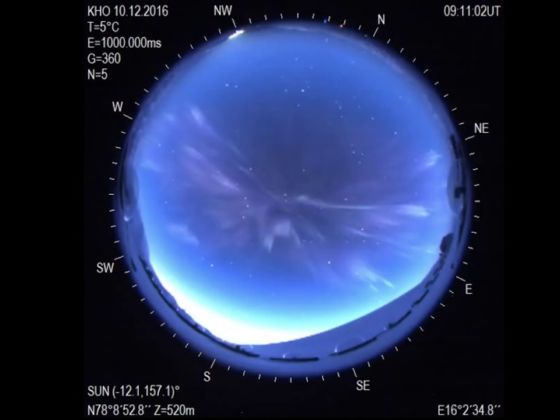There’s a new aurora borealis in town, and it’s unlike anything you’ve seen before. Jennifer Briggs, a physics student at Pepperdine University and NASA intern, discovered a new type of aurora borealis in video footage of the sky above Arctic Norway from three years ago. With the assistance of NASA scientists and a satellite, she connected the new aurora to a retreat in Earth’s magnetic field, which is the first time scientists have ever seen an aurora caused solely by a change in the Earth’s magnetic field.


A Never-Before-Seen Aurora Borealis Was Discovered by a NASA Intern
The exact cause of the magnetic crunch is still a mystery, but researchers believe it may have been due to a storm in the region where the Earth’s magnetic field deflects particles from the sun. They don’t, however, know what this storm looked like, or where it may have come from. When this aurora occurred, a NASA satellite detected a massive compression in the Earth’s magnetosphere at the exact moment the lights started twisting and spiraling.

Photo: NASA
In a press conference, Briggs said, “You can imagine someone punching Earth’s magnetic field. There was a massive but localized compression. This motion is something that we’ve never seen before. This eastward and then westward and then spiraling motion is not something that we’ve ever seen, not something we currently understand.”